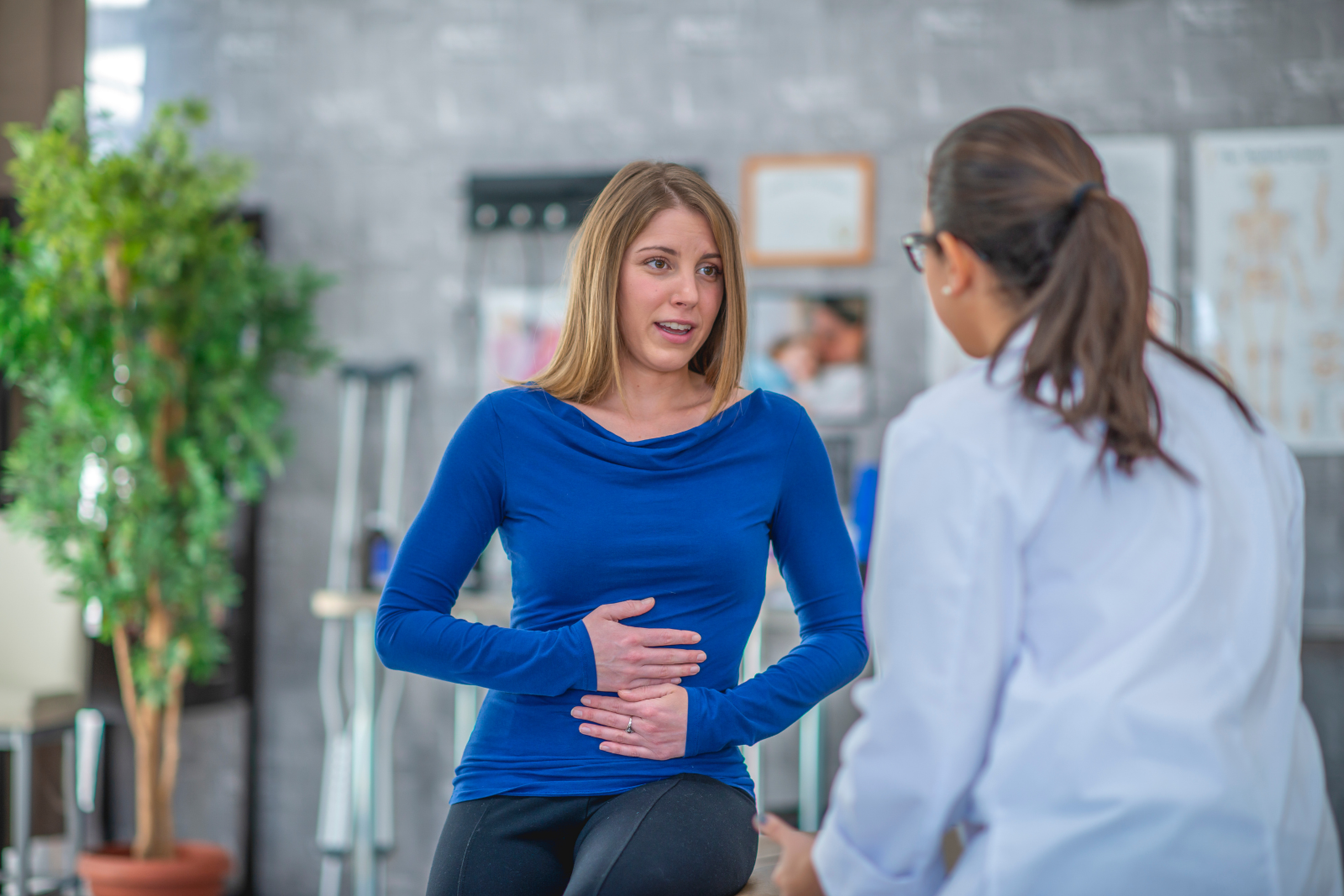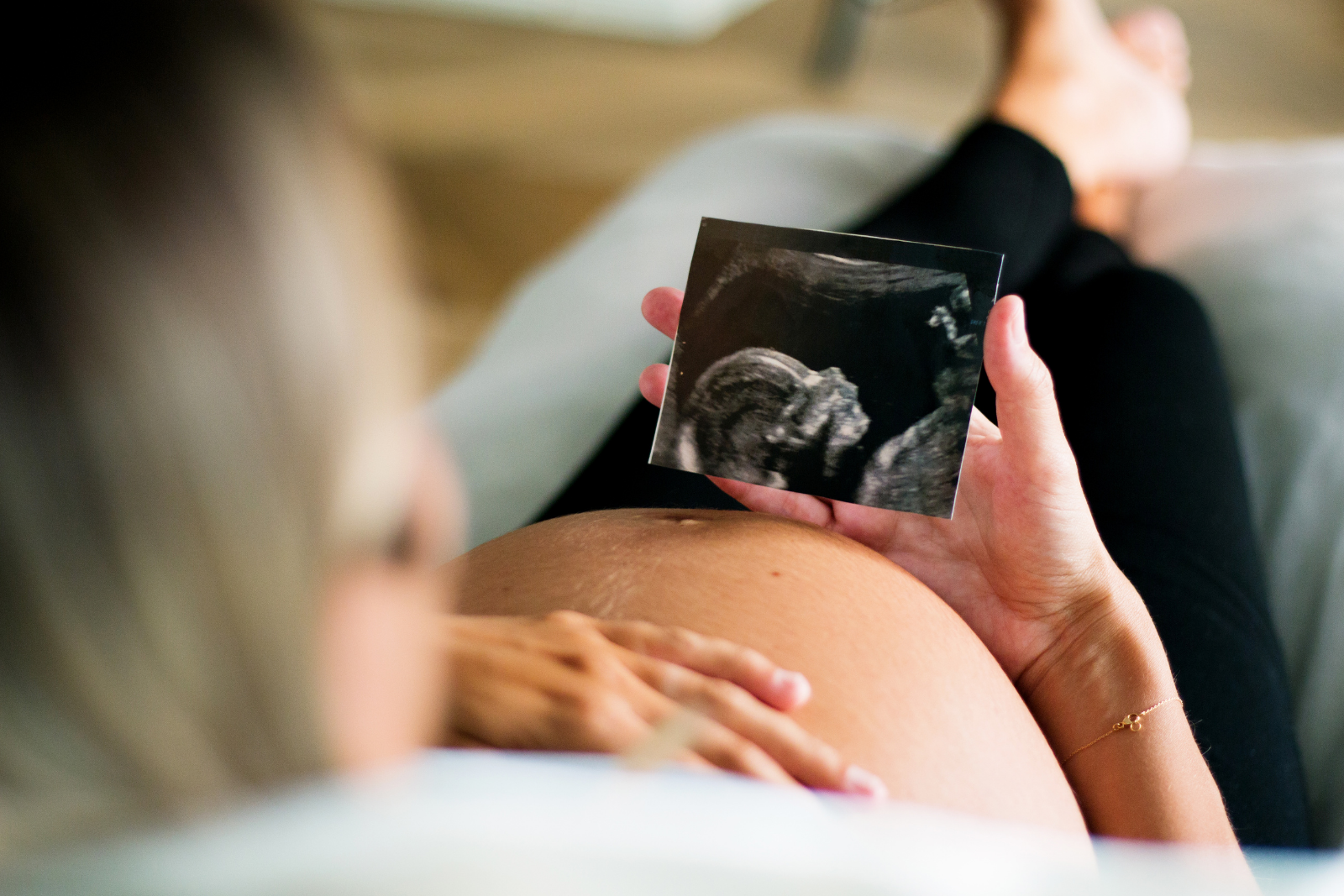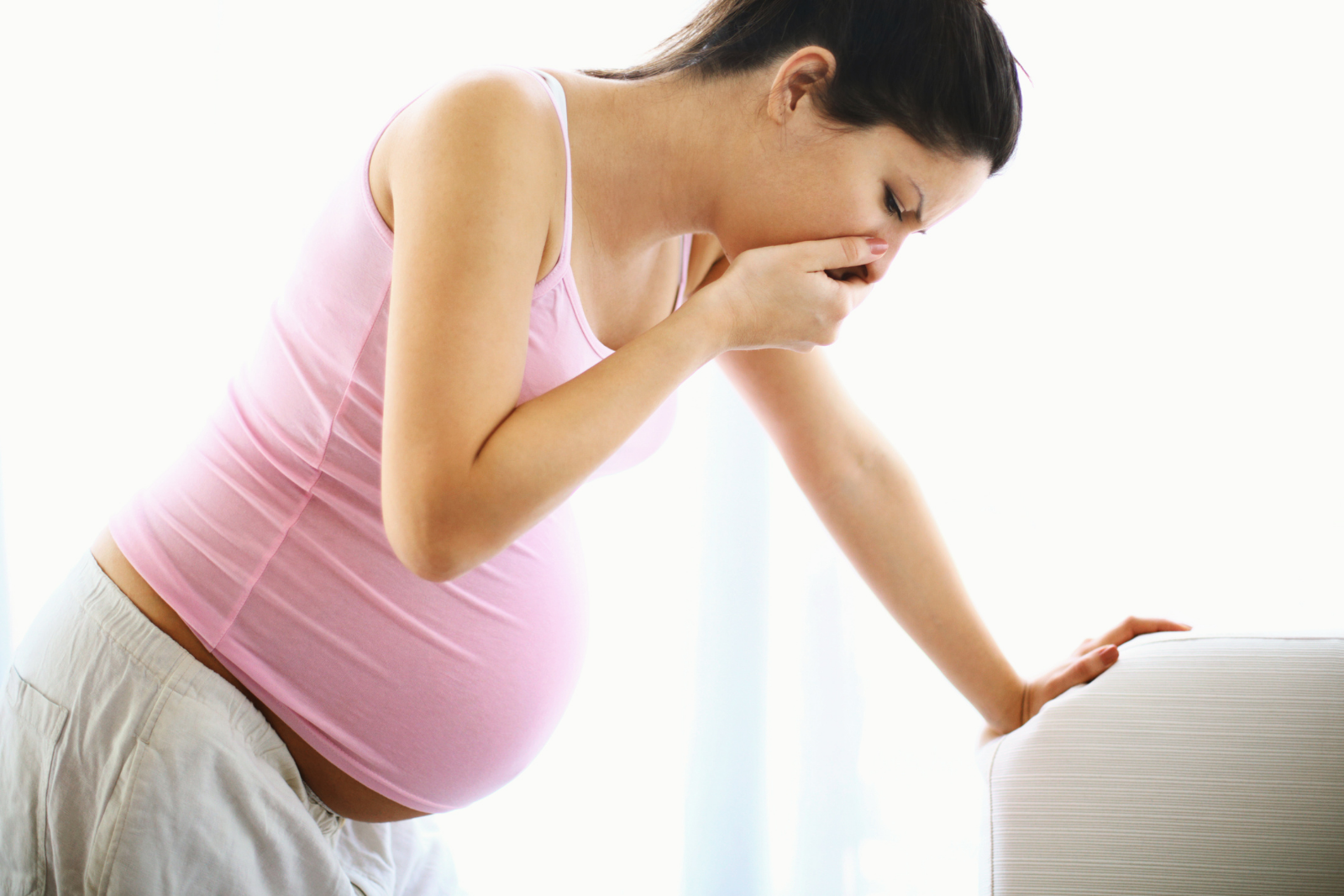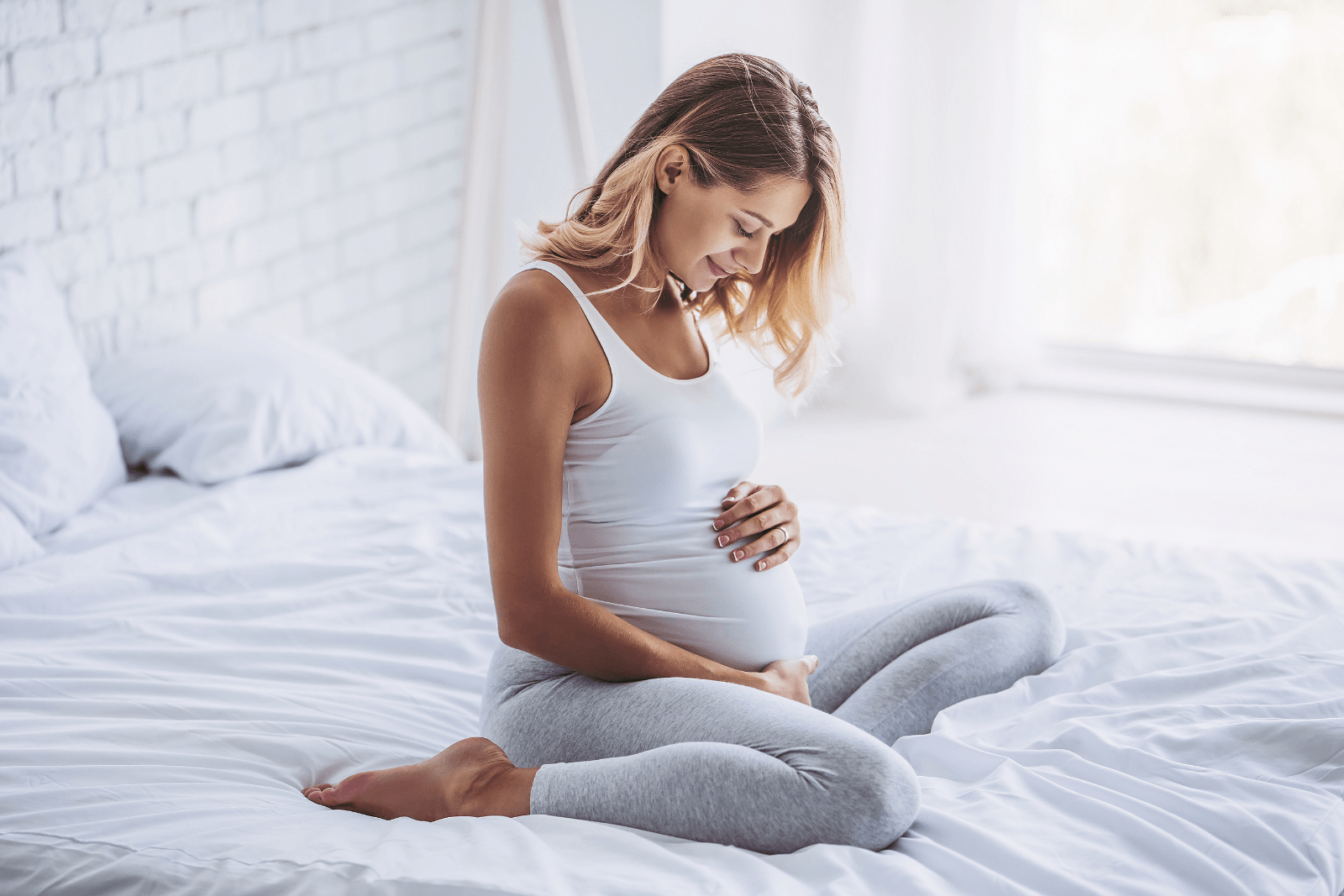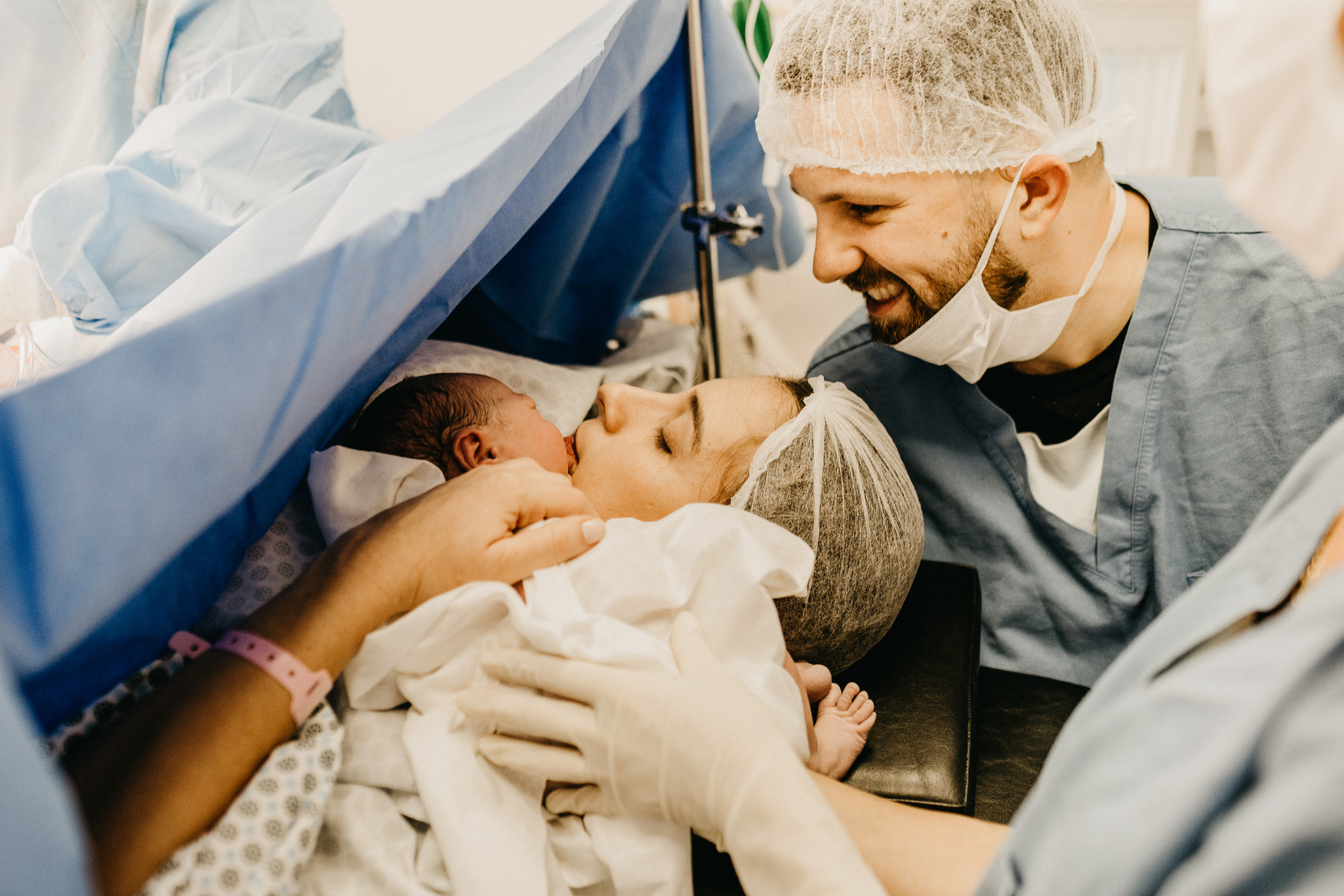Now that you’re a mum-to-be, it’s important to eat well. This will ensure you get all the nutrients you and your developing baby need.
The Australian Dietary Guidelines recommend you enjoy a wide variety of nutritious foods every day from these food groups:
- Vegetables of different types and colours and legumes (such as chick peas and lentils
- Fruit
- Grain (cereals) including breads, rice, pasta, polenta, oats, couscous, quinoa and barley
- Lean meat, fish, poultry, tofu, nuts and seeds, legumes and beans
- Include milks, yoghurts, cheeses and/or alternatives, mostly low-fat.
- Drink plenty of water.
If you know you haven’t been eating as well as you could, it is even more important to start having nutritious, well-balanced meals.
A suggested meal plan would look something like this:
Breakfast: Porridge made with milk, cinnamon and a tbsp apple puree. Freshly-squeezed orange juice OR Weetbix with Milk and Banana
Morning Snack: Handful of dried apricots and nuts OR Cruskits with Cheese and Tomato
Lunch: Warm Chicken and Avocado Salad with Slice of Pineapple OR Baked Potato with Small Tin of Baked Beans
Afternoon Snack: Banana OR Low Fat Yoghurt
Dinner: Chicken and mushroom risotto with a side salad OR Shepherd’s Pie with Carrots
Keep in mind if you have gestational diabetes you may have to change these slightly, for example remove the freshly squeezed orange juice at breakfast and look at having Grilled Chicken and Salad for dinner.
There are a range of online pregnancy eating plans, have a look and if you have any queries speak with the POGS midwives.
Ensure you speak to your doctor before taking on a new diet plan.
Need more advice or information? Call POGS on (08) 6270 0123 or email: reception@pogs.com.au if you need to make an appointment.
